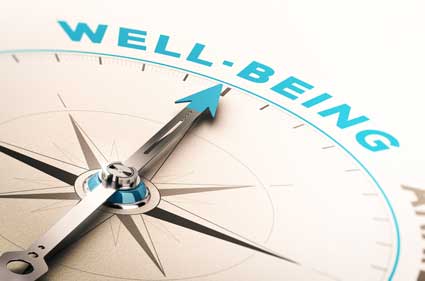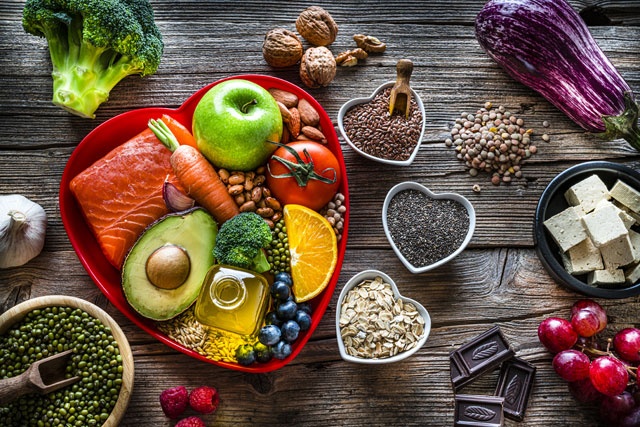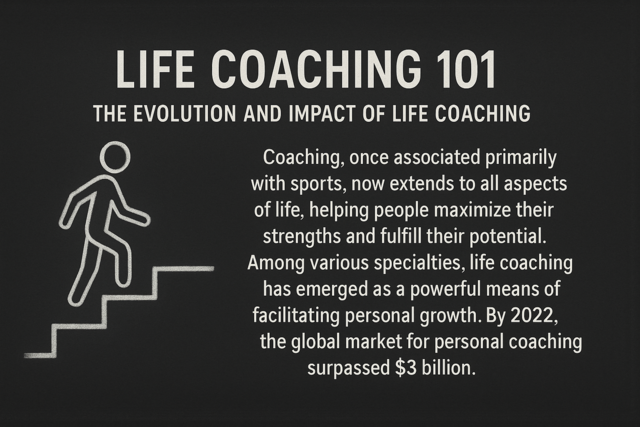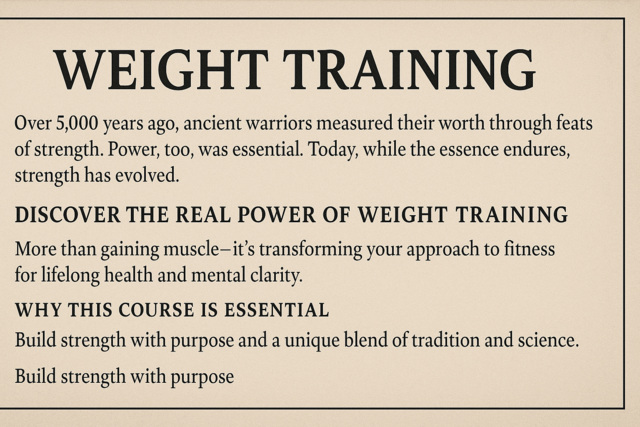?
Chemical structure
There is no single structure for fats, but the ones most often found in food are triglycerides, or molecules with a glycerol backbone bonded to three fatty acids.
Function
Fats help your body absorb and use vitamins A, D, E, and K. They are also important in your body's internal signaling system and they are a part of cell walls.
Fats in food make you feel full, provide flavor and richness to food, fill up the adipose tissues of your body (fat cells) to help regulate body temperature and protect vital organs, and fats help keep your skin and hair healthy and shiny. The problem is that fats are such a rich source of calories that it is very easy to get too much of a good thing. Too much fat, and the wrong type of fat, can have some serious consequences for your heart and healthy weight.
Essential fatty acids are those that your body is not able to produce on its own, so you have to get them through the food that you eat. These are linoleic and linolenic acid. These acids help control inflammation, blood clotting, and brain development.
Fats are not all the same, and the big difference all comes down to chemical structure. When you hear the terms saturated, unsaturated, monounsaturated, polyunsaturated, partially hydrogenated, and so on, fat can get confusing pretty fast. The first thing to understand is what the word saturated means.
In normal usage, when we say something is saturated, we're usually talking about a rag or a sponge that absolutely cannot hold another drop of water. If you try to clean up a watery mess with a towel, eventually the towel will become so soaking wet that it absolutely cannot hold any more water. If you keep trying, you'll just squish water around as you move the towel because it is saturated. It can't hold any more water.
In the case of saturated fats, a fat molecule is totally saturated with hydrogen atoms, and it just can't hold anymore.
Monounsaturated fats have one double bonded (unsaturated) carbon in the molecule. Because of their slightly different chemical structure, unsaturated fats like olive and safflower oils do not stack up as neatly as saturated fats, which is why they are usually liquid at room temperature. Monounsaturated fats can help reduce bad cholesterol levels in your blood and lower your risk of heart disease and stroke, and they can also be a good source of vitamin E, a powerful antioxidant. Olive and safflower oil are monounsaturated fats, and they can be a healthy part of your diet in sparing amounts, especially when you use them instead of a saturated fat, like baking with olive oil instead of butter.
Polyunsaturated fats have more than one double bonded (unsaturated) carbon in the molecule. They are liquid at room temperature and also when chilled. Polyunsaturated fats can help reduce cholesterol and lower your risk of heart disease, especially when you use them instead of saturated or trans fats. Soybean oil, corn oil, safflower oil, salmon, mackerel, herring, trout, walnuts, and sunflower seeds are all good sources of polyunsaturated fats.
Omega 3 fatty acids are a special type of polyunsaturated fat that are thought to be especially beneficial to your body. You can't make Omega 3s on your own, you have to get them from food, and they are plentiful in fatty fish like salmon, mackerel, tuna, herring, and sardines.
This special type of fat seems to work to reduce inflammation (redness, swelling, and irritation) throughout the body, which can help with a wide range of diseases, including arthritis and heart disease. If this critical type of fat is missing from your diet, you might experience fatigue, poor memory, dry skin, depression, heart problems, and poor circulation.
Cholesterol is a type of fat that mostly comes from animal sources. Your body makes some on its own, and you also eat it in butter, whole milk, meat, and other animal products. Plants make trace amounts of cholesterol, but not very much.
Cholesterol makes up part of cell walls, it forms a part of the bile that digests food in the stomach, and it allows you to make vitamin D and hormones like estrogen and testosterone.
Since cholesterol, like other fats, doesn't dissolve in water and your blood is water based, the body has to package cholesterol together in microscopic, protein coated capsules so that it can move it around where it's needed. These capsules are called lipoproteins. There are a lot of different types of lipoproteins, but the kinds your doctor is most likely to talk to you about are high density lipoproteins (HDL) and low density lipoproteins (LDL).
Considered the "bad" kind of lipoproteins, LDL are protein coated capsules of fat floating through your bloodstream with a large proportion of fat relative to protein coating. You can think of LDL as a bus full of workers off to do work around the body. If you have too many of these buses, and not enough work for them to do, the busses may tend to idle on the side of the artery walls, and this is where people tend to develop arterial roadblocks that can lead to heart attacks.
HDL, considered the "good" lipoproteins, have a high proportion of protein and a smaller amount of fat inside the capsule. This is like an empty bus that's looking to pick up more riders, so it circulates through the blood system, scooping up cholesterol as it goes and taking it back to the liver so that it can be used to make bile, or be recycled. Exercise can increase the amount of HDL in your blood, but smoking and obesity lowers it. Cutting back fat in your diet decreases both HDL and LDL.
Trans fats are generally a man made creation. Commercial bakeries wanted to have more control over the texture of their finished products, and also wanted them to stay fresher on a shelf for a longer period of time. Their creative solution was to take an unsaturated fat and whip it at high pressure with hydrogen to force the hydrogen to bond with the fat molecules, changing the liquid unsaturated fat into a semi-solid variety of fat that could withstand high temperatures, provide a soft finished product, and last longer before becoming stale. When you see a product described as "Partially hydrogenated," it refers to this process of forcing the fat molecule to bond with additional hydrogen atoms.
Trans fats are abundant in processed foods like bakery items, crackers, stick margarine, fast food, and fried foods. These fats offer a lot of economic benefits to bakers. They don't go rancid as fast as natural fats, and they are less expensive than some other options, so they are extremely abundant in processed foods, including peanut butter.
Unlike Omega-3 or unsaturated fats, trans fats have no known benefit to your body and can increase your risk for heart disease and certain cancers. The easiest way to avoid trans fats is to eat minimally processed foods as close to their natural state as possible. Read nutrition labels, and choose items that have zero grams of trans fats. However, food manufacturers are only required to list trans fats above a set level, so be sure to read the ingredient list and steer away from any products that list anything "hydrogenated" on the label.






























